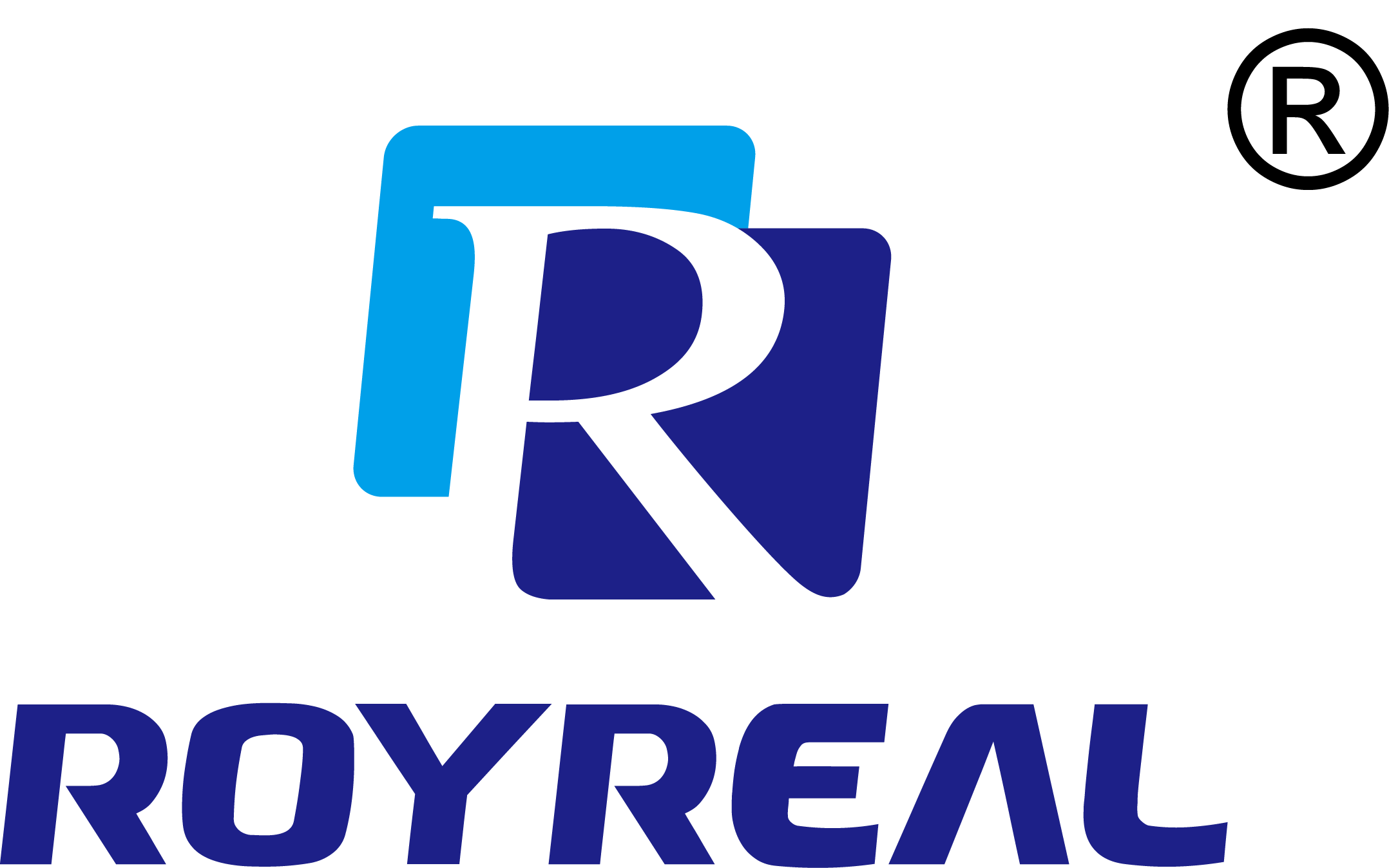Addressing Challenges in Wet Gas Metering for Offshore Operations: Enhancing Accuracy and Efficiency
Category: Industry News
Time:2024-12-09
Table of Contents
1. Introduction: The Significance of Wet Gas Metering in Offshore Operations
2. Challenges in Wet Gas Metering for Offshore Operations
2.1 Complex Flow Regimes and Fluid Dynamics
2.2 Liquid Carryover and Gas Entrainment
2.3 Varying Water Content and Salinity
2.4 Pressure and Temperature Fluctuations
2.5 Equipment Reliability and Maintenance
3. Innovative Solutions for Improved Wet Gas Metering
3.1 Advanced Multiphase Flow Metering Technology
3.2 Real-Time Data Analysis and Automation
3.3 Integrated Corrosion and Erosion Monitoring
3.4 Enhanced Calibration and Verification Techniques
3.5 Robust Materials and Design
4. Overcoming Challenges: Best Practices for Wet Gas Metering
4.1 Regular Maintenance and Inspection
4.2 Proper Meter Selection and Installation
4.3 Calibration and Recalibration
4.4 Staff Training and Competency Development
4.5 Collaboration and Knowledge Sharing
5. Frequently Asked Questions (FAQs)
5.1 How can wet gas metering accuracy be improved?
5.2 What is the impact of liquid carryover on wet gas measurement?
5.3 How can fluctuating pressure and temperature affect wet gas metering?
5.4 What are the essential features to consider while selecting a wet gas meter?
5.5 How can remote monitoring and control enhance wet gas metering operations?
6. Conclusion: Enhancing Wet Gas Metering in Offshore Operations
1. Introduction: The Significance of Wet Gas Metering in Offshore Operations
Wet gas metering plays a vital role in offshore operations, accurately measuring the flow rates of oil, gas, and water. Precise measurements are essential for production optimization, fiscal allocation, and meeting regulatory requirements. However, various challenges exist in achieving accurate measurements due to the complex and dynamic nature of wet gas flow.
2. Challenges in Wet Gas Metering for Offshore Operations
2.1 Complex Flow Regimes and Fluid Dynamics
Wet gas flows exhibit complex flow patterns, including slug flow, annular flow, and stratified flow. These flow regimes pose challenges in accurately quantifying the individual phase flow rates and accurately measuring the overall flow.
2.2 Liquid Carryover and Gas Entrainment
The presence of liquid droplets entrained in the gas stream can lead to inaccurate measurements. Liquid carryover and gas entrainment affect the gas volume fraction and gas density, leading to deviations in flow rate measurements.
2.3 Varying Water Content and Salinity
Offshore operations encounter varying water content and salinity levels, affecting the wet gas composition. These changes impact the gas density, which must be accurately measured to calculate the flow rates accurately.
2.4 Pressure and Temperature Fluctuations
Fluctuations in pressure and temperature have a significant influence on wet gas metering accuracy. The compressibility of the gas and changes in its physical properties affect the overall metering performance.
2.5 Equipment Reliability and Maintenance
Offshore environments are harsh and demanding, posing challenges in maintaining reliable metering equipment. Ensuring consistent and accurate measurements requires robust and well-maintained instruments.
3. Innovative Solutions for Improved Wet Gas Metering
3.1 Advanced Multiphase Flow Metering Technology
Advanced multiphase flow metering technology offers accurate measurements by directly assessing the individual phase flow rates in wet gas streams. These meters utilize advanced algorithms and sensor technology to overcome the challenges posed by complex flow regimes.
3.2 Real-Time Data Analysis and Automation
Real-time data analysis and automation enable continuous monitoring and analysis of wet gas metering parameters. By leveraging advanced analytics and machine learning techniques, operators can identify anomalies and optimize metering performance in real-time.
3.3 Integrated Corrosion and Erosion Monitoring
Corrosion and erosion are common challenges in offshore operations. Integrating corrosion and erosion monitoring systems into wet gas metering equipment allows for early detection and appropriate preventive measures, ensuring accurate and reliable measurements.
3.4 Enhanced Calibration and Verification Techniques
Calibration and verification are crucial for maintaining accurate metering. Innovative techniques such as primary standard-based calibrations, traceable reference meters, and automated verification procedures help enhance the integrity of wet gas metering systems.
3.5 Robust Materials and Design
Utilizing materials and designs suitable for offshore environments enhances the longevity and reliability of wet gas metering equipment. Robust materials resistant to corrosion and erosion, along with smart design choices, improve the overall performance of the metering system.
4. Overcoming Challenges: Best Practices for Wet Gas Metering
4.1 Regular Maintenance and Inspection
Implementing a proactive maintenance and inspection regime ensures the continuous reliability and accuracy of wet gas metering equipment. Regular checks for contamination, leaks, and component wear help identify and address potential issues promptly.
4.2 Proper Meter Selection and Installation
Choosing the right meter for specific offshore operations is crucial. Factors such as flow rate range, fluid properties, and environmental conditions must be carefully considered during meter selection and installation to achieve accurate and reliable measurements.
4.3 Calibration and Recalibration
Regular calibration and recalibration of wet gas meters are essential to maintain accurate measurements. Adhering to industry standards and following proper calibration procedures helps ensure metering accuracy throughout its operational life.
4.4 Staff Training and Competency Development
Investing in staff training and competency development improves the overall understanding of wet gas metering principles and practices. Well-trained personnel can effectively address challenges, operate the equipment optimally, and troubleshoot any issues that may arise.
4.5 Collaboration and Knowledge Sharing
Encouraging collaboration and knowledge sharing within the industry fosters innovation and continuous improvement in wet gas metering practices. Participating in industry forums, conferences, and technical groups allows for the exchange of experiences and best practices.
5. Frequently Asked Questions (FAQs)
5.1 How can wet gas metering accuracy be improved?
To enhance wet gas metering accuracy, advanced multiphase flow metering technology, real-time data analysis, and automation can be implemented. Additionally, regular calibration, maintenance, and staff training are crucial.
5.2 What is the impact of liquid carryover on wet gas measurement?
Liquid carryover in wet gas measurement can lead to inaccurate flow rate measurements and deviations in gas density and volume fraction. This can affect the overall accuracy of wet gas metering systems.
5.3 How can fluctuating pressure and temperature affect wet gas metering?
Fluctuating pressure and temperature influence the compressibility of gas and its physical properties, directly impacting the accuracy of wet gas metering. Proper compensation and calibration techniques should be employed to mitigate these effects.
5.4 What are the essential features to consider while selecting a wet gas meter?
When selecting a wet gas meter, factors such as flow rate range, fluid properties, environmental conditions, and the ability to handle complex flow regimes should be considered. Robustness, accuracy, and reliability are also critical features to evaluate.
5.5 How can remote monitoring and control enhance wet gas metering operations?
Remote monitoring and control enable continuous monitoring of metering parameters, real-time data analysis, and rapid response to anomalies. This enhances operational efficiency, reduces downtime, and ensures accurate and reliable wet gas measurements.
6. Conclusion: Enhancing Wet Gas Metering in Offshore Operations
Addressing the challenges in wet gas metering for offshore operations is crucial for accurate and efficient measurements. By leveraging innovative solutions, adhering to best practices, and promoting knowledge sharing, operators can enhance the reliability, accuracy, and efficiency of wet gas metering systems. These advancements ultimately contribute to optimized production, improved fiscal allocation, and compliance with regulatory requirements in offshore operations.
Keywords:
 EN
EN RU
RU SP
SP
